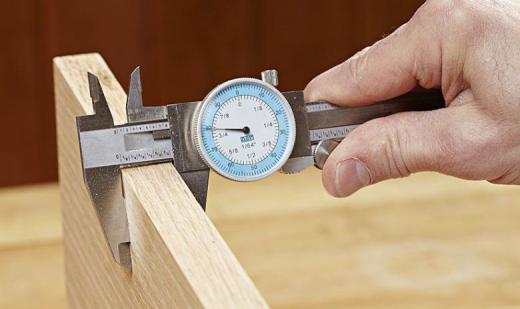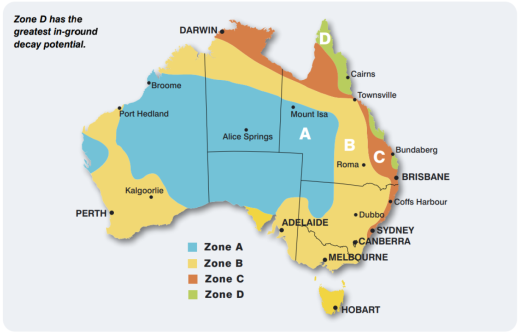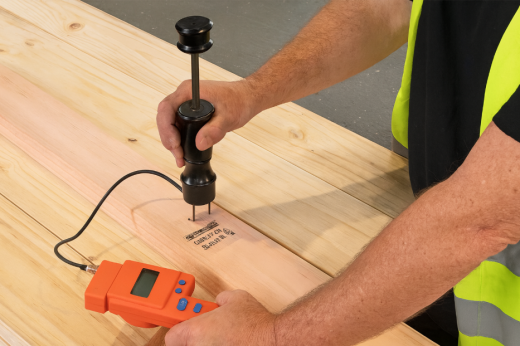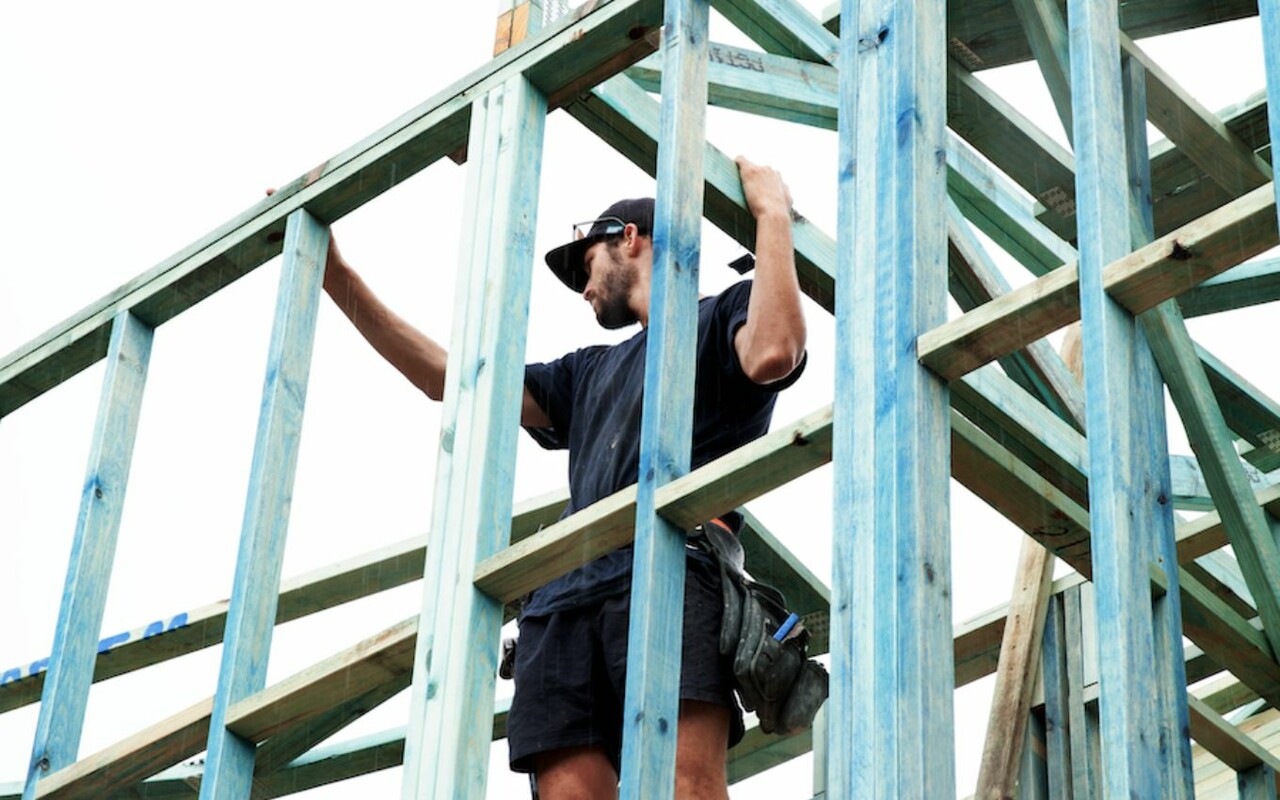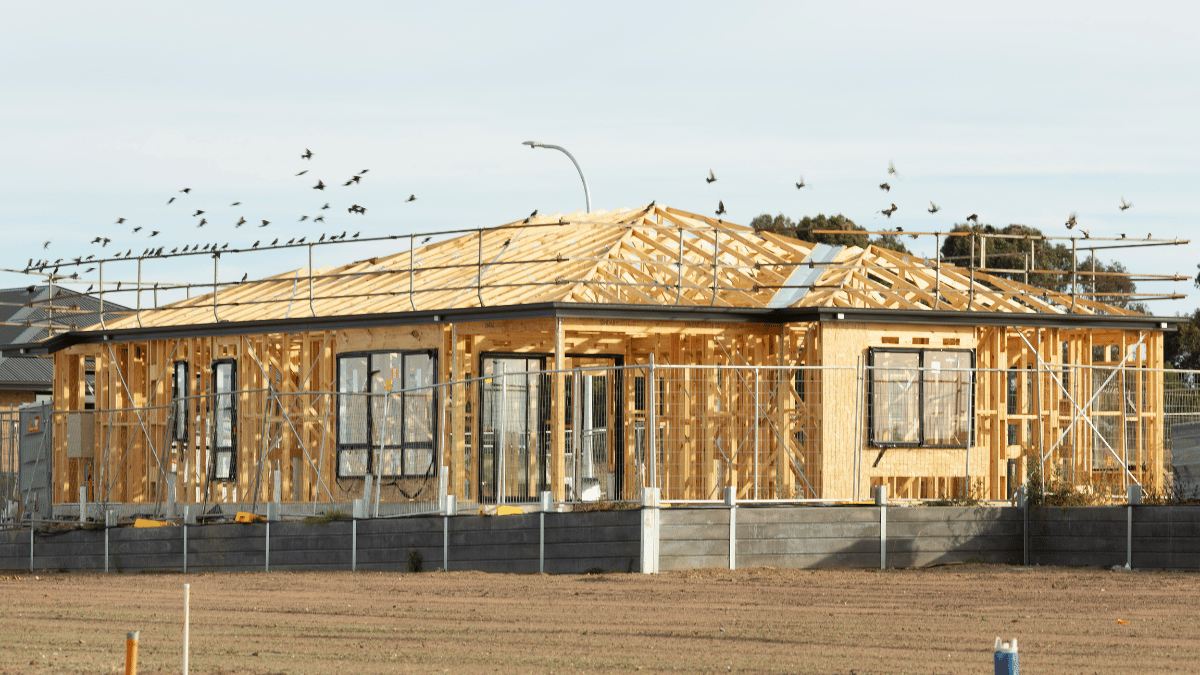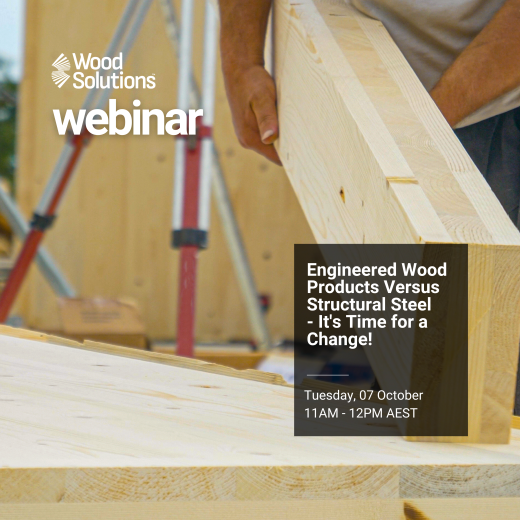Timber Grades and Appearance Specification

Selecting the right timber grades is critical to achieving both the structural and aesthetic goals of a project. Grades govern how timber performs under load, how it weathers over time, and how it looks in its finished state. This page helps designers, specifiers, and builders balance performance, appearance, and compliance, by explaining:
